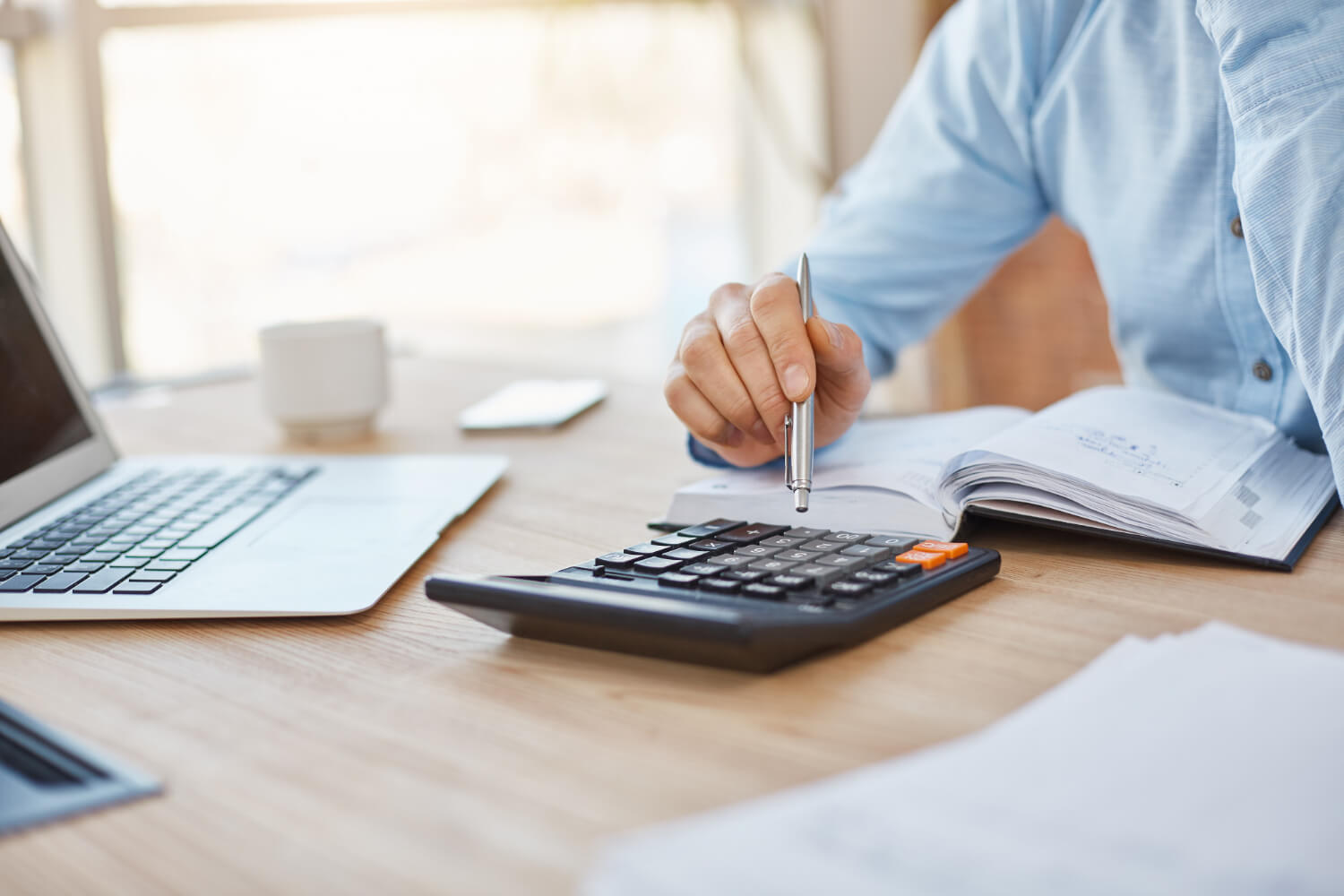Reverse charge is perhaps one of those rules that not everyone understands and to add to confusion, there is more than one application of reverse charge. Some of those applications have different rules.
What is reverse charge VAT
Reverse charge is a catch-all phrase that acts as either an anti-avoidance measure or a simplification. Its purpose is to flip normal VAT rules on its head and shift the liability for VAT onto the customer, with the seller not accounting for VAT.
This flipping of the rules is perhaps why some struggle with reverse charge. As noted above, reverse charge comes in many flavours.
When does the Reverse Charge apply
Reverse charge relating to services – Sales to business customers
When making a sale of services to a B2B customer that falls under the default rules (eg not land related, not a live event and not falling under the use & enjoyment rules), the place of supply is where the customer is and the supplier does not charge VAT (outside the scope of VAT) and the customer accounts for VAT at their end.
The sale is still recorded in Box 6 (net), with no output tax due in Box 1.
The above applies whether the customer is in the EU or rest of the world. If the customer resides in a Country where VAT does not exist (eg, USA), then the customer has nothing else to do. If the customer resides in a VAT operational Country, they will either reverse charge on their VAT return or they will treat the purchase as counting towards the VAT registration threshold in their Country.
Reverse charge relating to services – Purchases from suppliers
When a UK business is receiving a service from overseas, if VAT registered, the business takes the net figure on the invoice and treats as both a sale and a purchase, the net figure going into Boxes 6 and 7.
Output tax wise, the business calculates the VAT on the net value as appropriate (5%/10%) and declares output tax in Box 1. In effect, a sale to itself. With regard input tax, ordinarily the figure calculated on the net purchase that is declared in Box 1 is also declared in Box 4 (if) the business is able to fully recover its input tax (fully taxable business).
Don’t forget partial exemption
If the business is partially exempt, it still declares output tax in Box 1 but the input tax in Box 4 is reclaimed based on the partial exemption percentage operated by the business. Therefore Box 4 may see the input tax recovered match the output tax declared (VAT neutral). Alternatively the input tax could be less than that declared in Box 1 and effectively an element of input tax is irrecoverable, depending on the partial exemption calculation.
If the business is a charity with donation and grant income, then they may also need to further restrict input tax in Box 4 under business/non-business apportionments.
The reverse charge “trap”
If the business is not VAT registered, any purchases of services from overseas would count towards the UK VAT registration threshold. This is because we treat the purchase as a sale (to ourselves), which counts towards the VAT registration threshold.
It is therefore possible for a fully exempt business to trigger a requirement to register for VAT if it purchases more than £85k of services from outside of the UK. It’s quite a large threshold and so for many businesses it will not be an issue, but where a business buys in lots of oversea services it should ensure it includes these purchases as turnover for the monthly VAT registration threshold test.
Flat Rate Scheme
The sale of services to a non-UK person, assuming the default rules are in play, are outside the scope of VAT. It’s worth noting that for the Flat Rate scheme, we do not include outside the scope of VAT sales D, when calculating output tax under the flat rate percentage.
On the purchasing side, one would declare output tax in Box 1 and also in Box 4. The business is seen as fully taxable in this scenario and therefore Boxes 1 and 4 are VAT neutral. Even if the business is partially exempt, there is no requirement to apportion the reverse charge input tax in Box 4. A partially exempt business would still include exempt sales within the flat rate turnover and declare output tax on those exempt sales using whatever their flat rate percentage is.
CIS/Domestic Reverse Charge for Construction Services (DRC)
There is an earlier article HERE that covers the technical aspects of when domestic reverse charge is or is not applicable. Suffice to note that the key to DRC is to first understand CIS (Construction Industry Scheme) because it is that which drives the rest of the decision making.
Assuming the conditions for DRC have been met then making a sale under DRC the net invoice goes to Box 6 (as it’s a sale) only, the output tax is zero rated/Nil for Box 1. The invoice must state that the services are subject to DRC and should also show the VAT rate and the VAT that the customer must reverse charge on their VAT return.
Where a business is receiving a DRC supply, then the net goes to Box 7 and the corresponding VAT (as shown on the invoice) goes into Boxes 1 and 4, with the assumption the business is fully recoverable. If it is not, then Box 4 would reflect the partial exemption position of the business receiving the supply.
Get in touch
Hopefully this article gives a clear explanation as to the various nuances between the reverse charge rules and also adds clarity as to which value goes into which box on the VAT return. However should you have any further questions relating to domestic reverse charge VAT and its application rules and other reverse charge services, or would like to discuss your specific business set up to further establish if reverse charge applies, please get in touch with our VAT experts.
Alternative feel free to speak to our accounting solutions team who can help you with your VAT returns, bookkeeping and other VAT compliance queries that you may have.
Image by cookie_studio on Freepik


Sign up to our newsletter
Join our mailing list to receive regular updates on
the news and events you need to know about.

